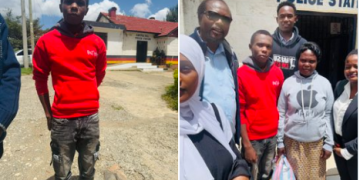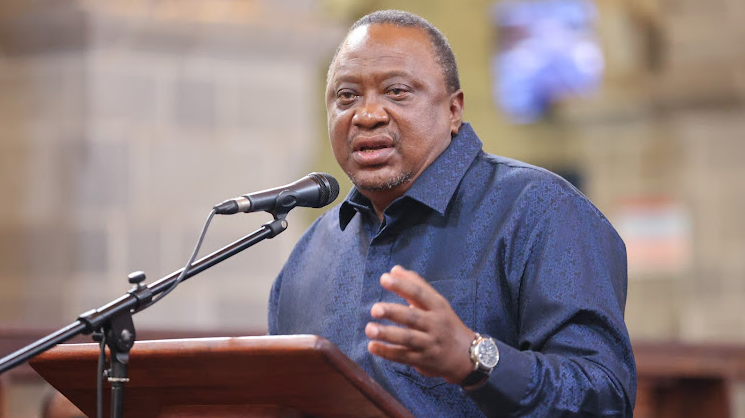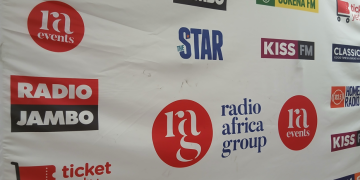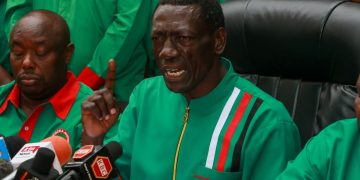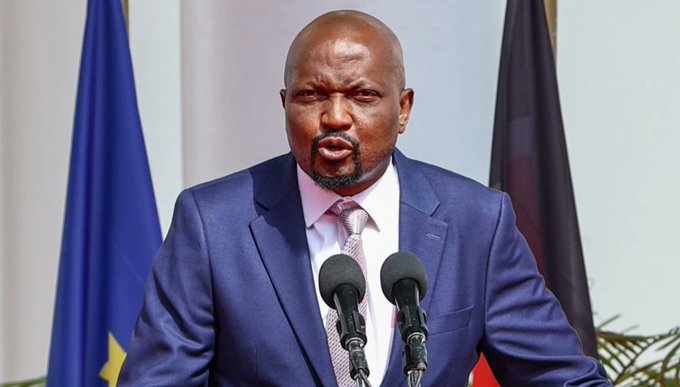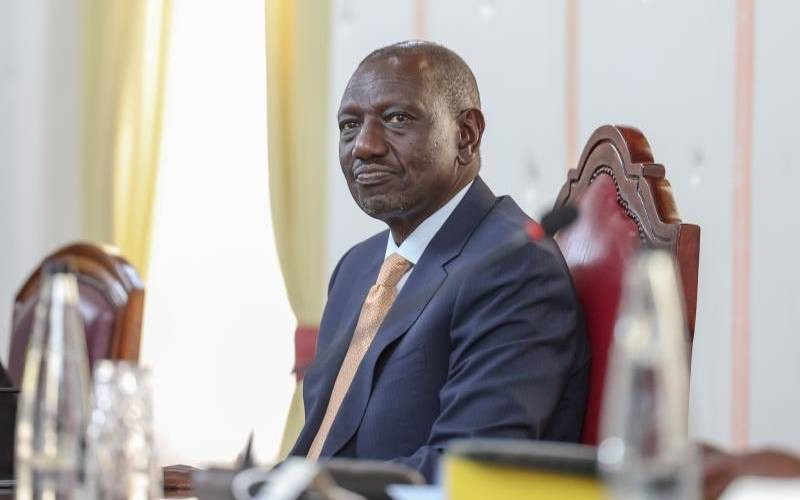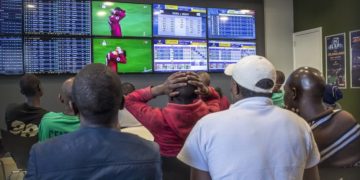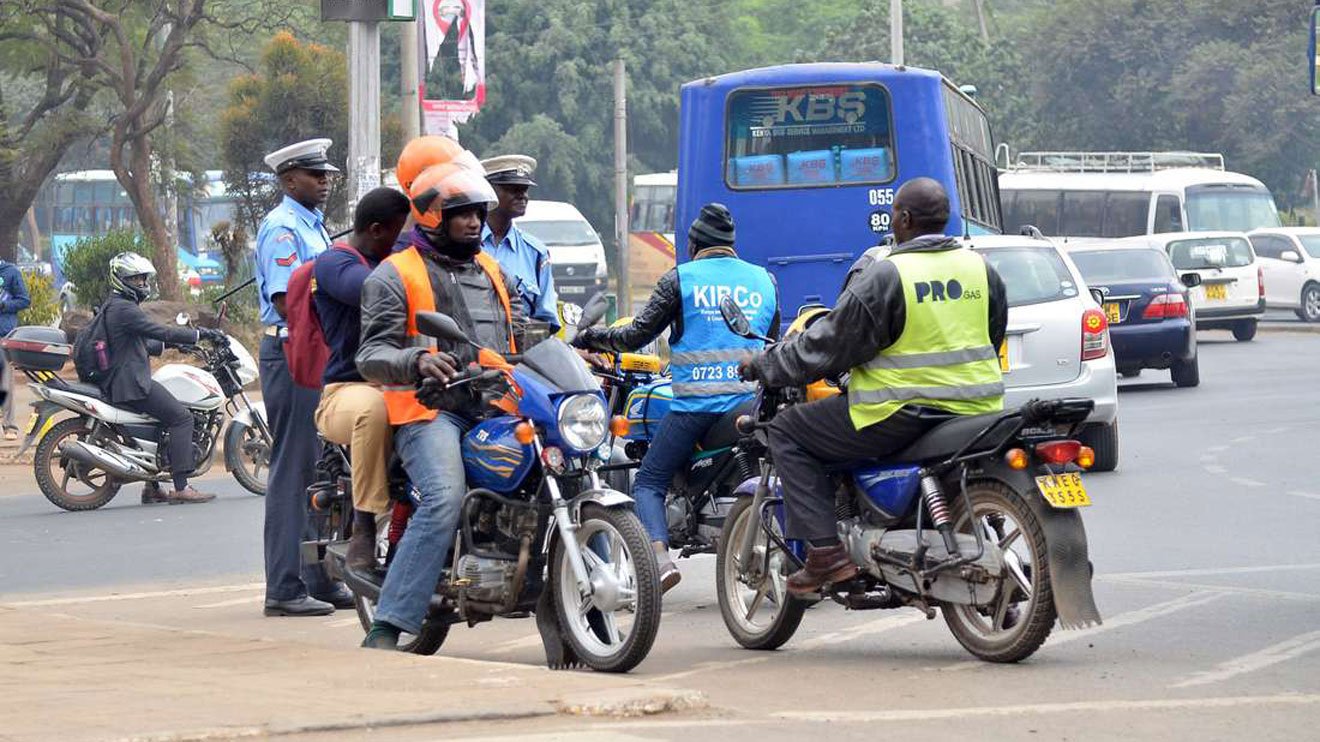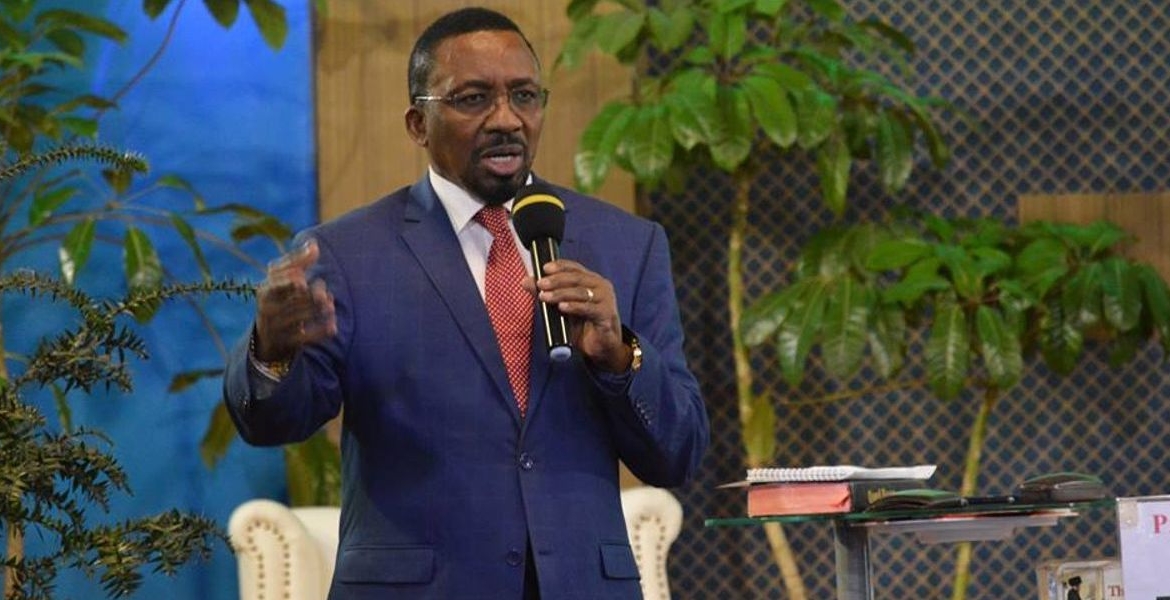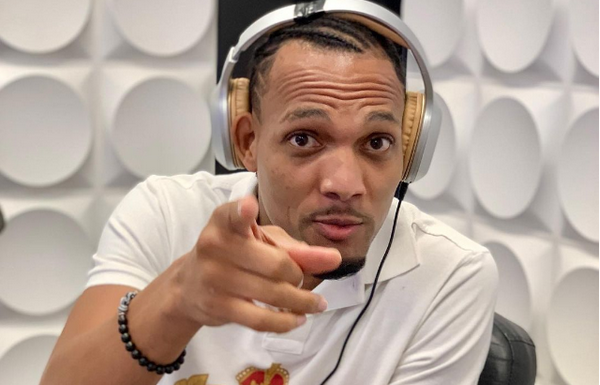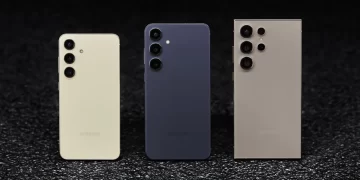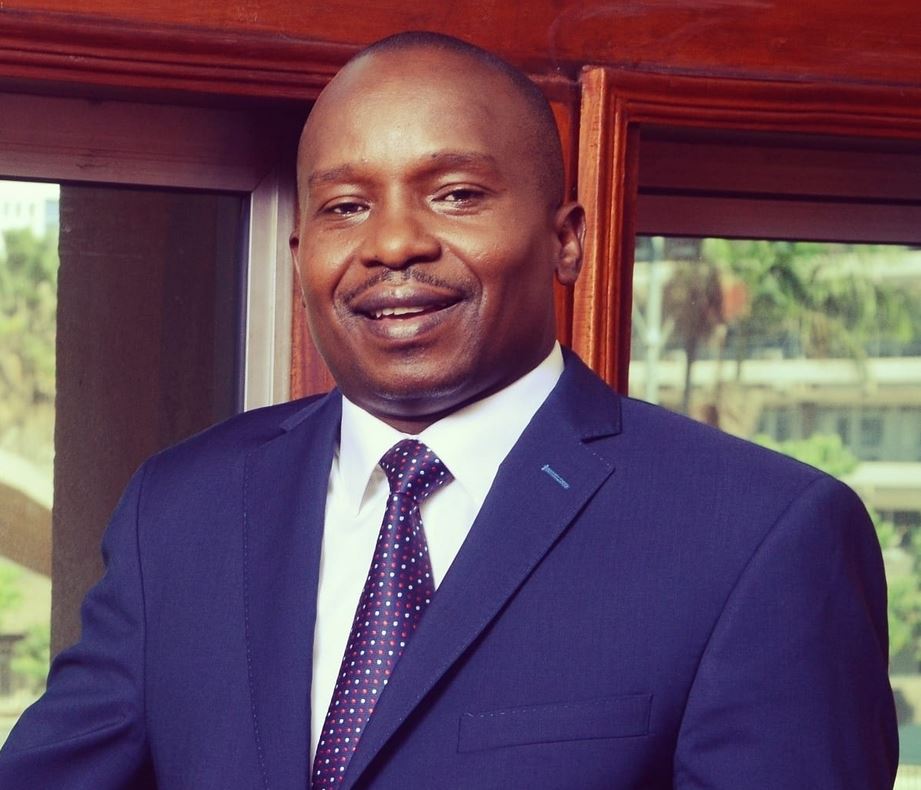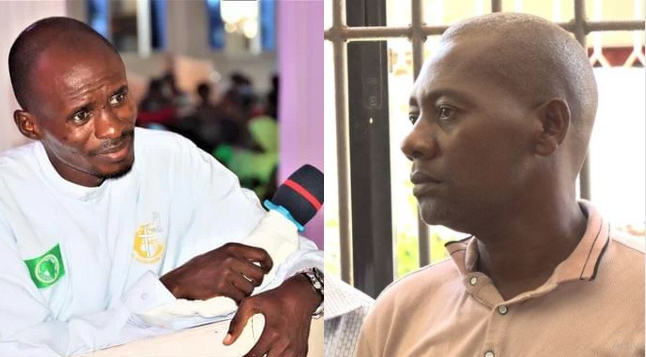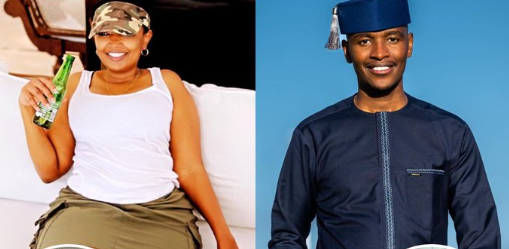Meet James Kamau, who hails from Karushwa Location, Dundori Ward in Bahati, Nakuru County. James is not your ordinary masseur. He has a unique feature that keeps his customers coming back- an extra finger on either hand.
“I remember at one point in primary school, there was a mathematics question that asked about the number of fingers one had. I picked six as the answer since I counted my fingers,” James tells us. Woe unto him, he was called up to the staff room- his mathematics teacher fuming already. Speaking to Citizen Digital, James recounts the moment with a smile.
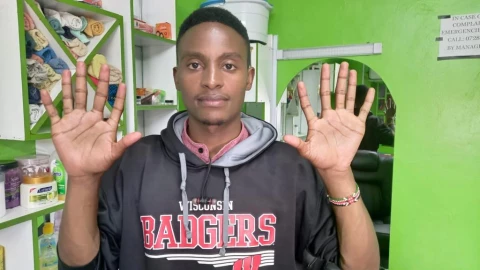
“My teacher could not understand why I failed such a simple question. So I was asked to count my fingers. I did so. My teacher stood there bewildered.” The Information Technology graduate was pushed to the beauty industry by one of his close friends after graduating. After venturing into the trade, he noticed something interesting.
“Customers kept coming back. I remember at some point, a female customer asked why my services had a uniqueness to it. I simply laughed and kept to myself,” James says. Born on the 11th of November 28 years ago, James believes his birthdate has a unique attachment with the number of his fingers- a coincidence of sorts. “I was born on 11/11. Perhaps that is why I have eleven fingers and toes in total on either side.”
The proprietor of Danty Nail Parlour in Githurai Kimbo, at least 20 kilometres from Nairobi’s central business district, has had his fair share of interesting experiences with customers. “I remember there was this customer who asked about the cost of one of the services offered here. I folded my thumb to signal it is 500 shillings because if I had my palm raised, that would be 600 shillings. They later realized I had 6 fingers and even went ahead to tip me,” he tells us.
Medically, James’ condition is referred to as polydactyly. Derived from the Greek word poly meaning many and dactylos, meaning finger; those born with the condition can have extra fingers or toes. Sometimes referred to as supernumerary digit, polydactyly may be passed down genetically in families. When this happens, it is referred to as familial polydactyly.
Roy Kulundu, a resident nurse at Royal Cornwall Hospitals in the United Kingdom, says polydactyly comes in three main types: ulnar or postaxial polydactyly which is commonly referred to as small finger duplication; radial, preaxial polydactyly or thumb duplication; and central polydactyly.
“His case is central polydactyly. It is a rare type of polydactyly where the extra finger is attached to the middle, ring or the index finger. This could actually work for his good in his line of work because medically, people with this form of polydactyly have more dexterity of movement than their counterparts with fewer digits,” Kulundu says.

